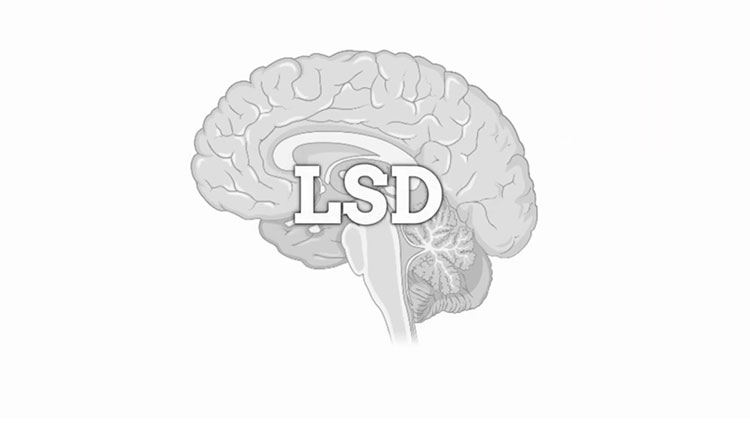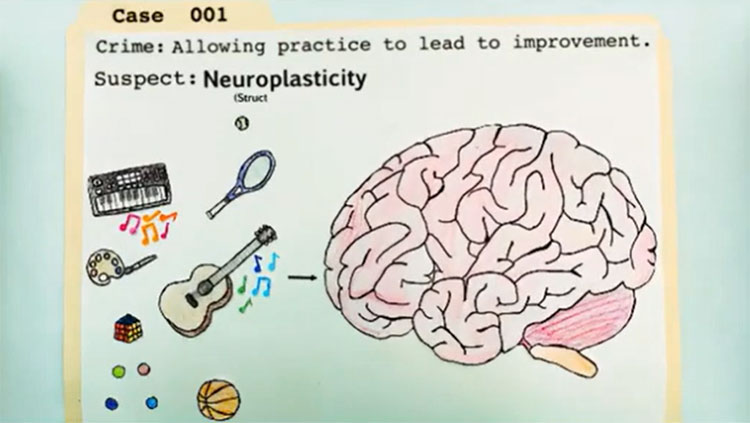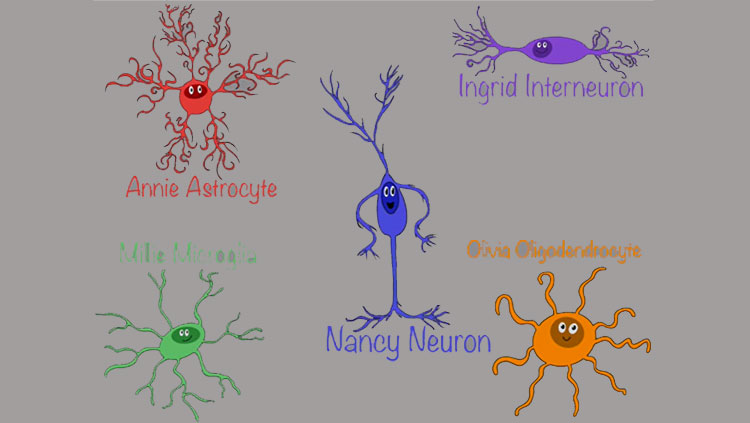Step Two: After Neurotransmitters Act
- Published1 Apr 2012
- Reviewed1 Apr 2012
- Source BrainFacts/SfN
Chemical reactions within brain cells translate the neurotransmitter message for the neuron.
After the action of neurotransmitters at their receptors, biochemical communication within cells is still possible. Substances that trigger such communication are called second messengers. Second messengers convey the chemical message of a neurotransmitter (the first messenger) from the cell membrane to the cell’s internal biochemical machinery. Second-messenger effects may endure for a few milliseconds to as long as many minutes. They also may be responsible for long-term changes in the nervous system.
An example of the initial step in the activation of a second-messenger system involves adenosine triphosphate (ATP), the chemical source of energy in cells. ATP is present throughout the cytoplasm of all cells. For example, when norepinephrine binds to its receptors on the surface of the neuron, the activated receptor binds a G protein on the inside of the membrane. The activated G protein causes the enzyme adenylyl cyclase to convert ATP to cyclic adenosine monophosphate (cAMP), the second messenger. Rather than acting as a messenger between one neuron and another, cAMP exerts a variety of influences within the cell, ranging from changes in the function of ion channels in the membrane to changes in the expression of genes in the nucleus.
Second messengers also are thought to play a role in the manufacture and release of neurotransmitters and in intracellular movements and carbohydrate metabolism in the cerebrum — the largest part of the brain, consisting of two hemispheres. Second messengers also are involved in growth and development processes. In addition, the direct effects of second messengers on the genetic material of cells may lead to long-term alterations in cellular functioning and, ultimately, to changes in behavior.
CONTENT PROVIDED BY
BrainFacts/SfN

















